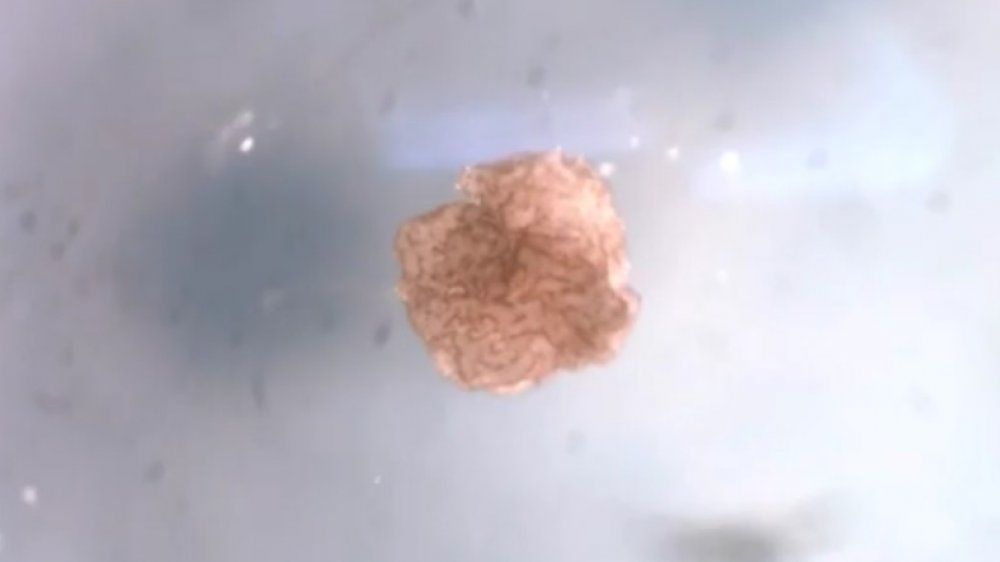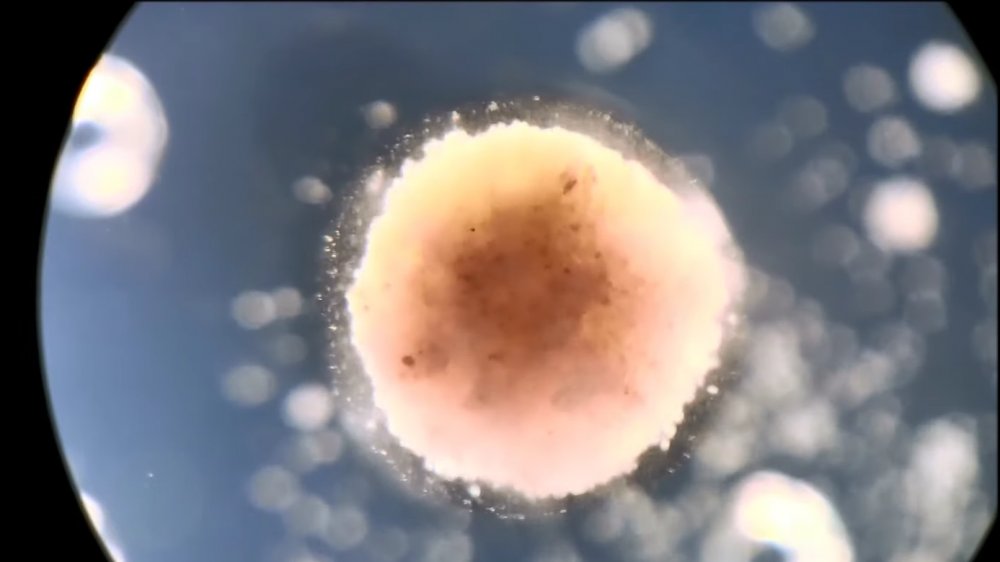Scientists Create First 'Living Machines' Called Xenobots
What makes something alive? That question has racked the brains of modern scientists like a medieval torture device. NASA lists a series of prerequisites, writing that living organisms tend to replicate, react to stimulation, grow, develop, expel waste, and have the capacity to use energy taken from the environment for growth and reproduction. But even these guideposts might lead you astray.
The BBC writes that more than 100 different definitions of 'life' exist, "and all are wrong." The criteria seem even murkier when you consider that these definitions are themselves defined by what humans have encountered on Earth. But what happens when humans create a life form that Earth has never seen before? And what on Earth do you make of a life form that also operates like a machine?
I, grow-bot
If you take the stem cells of a frog's skin and the stem cells of its heart and Frankenstein them together, what do you get? Intuitively, you might expect a boring story about zombie tadpoles that would make Mary Shelley snore in her grave. But Smithsonian explains that it actually creates what researchers have dubbed a 'xenobot.' Its parents are a computer algorithm and the human hands of researchers from Tufts University, the University of Vermont, and the Wyss Institute at Harvard. This team of Victor Frogensteins joined the cells into the sand-grain-sized oddities that they would become.
The xenobot takes its name from Xenopus laevis, the species of clawed African frog from which the cells were taken. But that's the only frog-like thing about these biological anomalies. Some xenobots existed "two-lobed blobs, while others took the forms of hollow, prism-like structures." They didn't have limbs, a skeleton, or even a nervous system, and Gizmodo mentions, that they also "can't reproduce, feed themselves, or respond to external stimuli, among other requirements for life." But Smithsonian observes that xenobots are capable of self-propelled motion, pushed microscopic objects around a petri dish, and could "stitch themselves back together after being cut."
Obviously, this is uncharted ethical territory, and the idea of creating a living machine raises alarming questions like whether it could be developed into a bioweapon. However, experts are eyeing the potential do a great deal of good, such as designing biological bots to remove microplastics from the oceans or target artery plaque. Or maybe one day, they'll gain sentience and form a virus-like Voltron that annihilates humanity.

